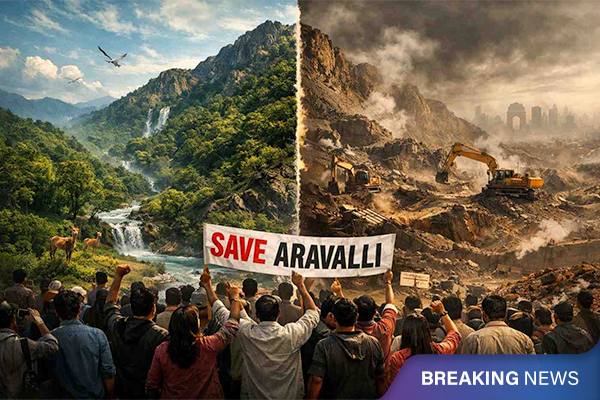Tsunami Warning Issued After 8.8 Earthquake Hits Russia
A massive 8.8 earthquake hit Russia's Kamchatka, triggered tsunamis across the Pacific, but early warnings helped avoid major damage.
CORRECTION: Sea lions fled from Antsiferov Island and not from Avacha Bay, as incorrectly mentioned in the video.
On 24th July 2025, a powerful 8.8 magnitude earthquake hit off the coast of Russia’s Kamchatka Peninsula, causing a tsunami of up to 4 metres. This was one of the strongest earthquakes in the world in recent years, and it shook many countries near the Pacific Ocean.
The quake happened about 119 km from Petropavlovsk-Kamchatsky, a Russian city with around 1.8 lakh people. The Governor of Kamchatka said that it was the strongest earthquake in decades. In many places, buildings were damaged, electricity went out, and people were forced to leave their homes.
Tsunami warnings were quickly issued for Japan, Hawaii, Alaska, the US West Coast, South America, the Philippines, and New Zealand. The earthquake is now officially ranked as the sixth strongest ever recorded in modern history, just behind the famous 2011 Japan earthquake. More than ten strong aftershocks were felt, and experts say more may come, though they will reduce with time.
In Russia, the Kamchatka Peninsula and nearby Kuril Islands were hit the hardest. The first tsunami wave struck Severo-Kurilsk, causing flooding and damage to buildings. About 2,400 to 2,700 people had to be moved to higher areas. The government declared an emergency.
Luckily, the city of Petropavlovsk-Kamchatsky didn’t face much damage. This is because it is protected by Avacha Bay, a deep natural harbour surrounded by mountains and volcanoes. The bay helped block the worst tsunami waves from reaching the city.
Soon after the quake, the nearby Klyuchevskoy volcano erupted, but so far, there are no reports of injuries or deaths. On Antsiferov Island, video footage showed sea lions escaping to higher ground, just before tsunami waves reached the shore.
In Russia, one wall of an old kindergarten collapsed, and some roads and buildings were damaged. There were power cuts and internet issues in some areas. Officials checked around 600 apartment buildings and found no serious risk of collapse. In Moscow, which is far from the epicentre, people barely felt the quake.
Other countries were affected too. In Japan, tsunami waves of up to 3 metres hit northern areas, causing small floods and traffic problems. Around 20 lakh people were told to leave the coast. Four whales were found washed ashore, but luckily no major injuries or deaths happened.
In the United States, tsunami alerts were sent to Hawaii, Alaska, and states like California and Oregon. Beaches were closed, and small tsunami waves were seen, but no damage occurred. The Philippines, New Zealand, and some South American countries like Chile were also on alert. In these places, only tiny waves reached the shore and no damage was reported.
Thanks to early warning systems and fast evacuations, most countries avoided major damage or loss of life. Still, this earthquake was a reminder of how powerful nature can be, and why disaster preparedness is so important.







